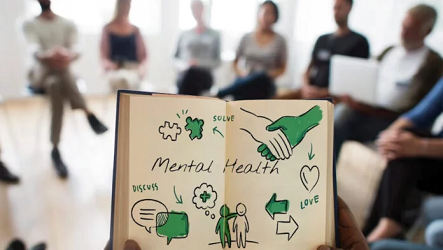In the fast-evolving landscape of the modern workplace, where diversity, equity, and inclusion (DEI) are paramount, nurturing psychological safety has never been more critical. Leaders play a pivotal role in establishing and nurturing psychological safety within their teams, setting the tone and modeling the behaviors they wish to see in others.
- How Leaders Create Psychological Safety at Work
Leaders have a unique responsibility to lead by example and create an environment where every voice is heard and valued. Practical steps can help foster psychological safety:
1.1 Lead by Example:
The decisions you make as a leader establish the tone for the team. Consider the example of Microsoft CEO Satya Nadella. He openly admitted to past mistakes in how Microsoft approached diversity, vowing to make changes. This kind of vulnerability demonstrates that mistakes can be acknowledged and rectified, setting a powerful precedent.
Also Read: The Role of the C-Suite in Promoting Global Diversity Awareness
1.2 Foster Inclusive Communication:
A shining example of fostering inclusive communication comes from Johnson & Johnson. They established a practice of equitable airtime during meetings and recognized that diversity of thought is essential for innovation. This resulted in a workplace where diverse voices are celebrated.
1.3 Establish Psychological Safety Norms:
A prime example of establishing psychological safety norms can be seen at Google. They co-created a “Googley” code of conduct with an emphasis on respectful communication. By holding employees accountable for these norms, Google maintains a culture of psychological safety.
- Why Workplace Psychological Safety Matters Now More Than Ever
Psychological safety and DEI are inextricably linked. Actively removing barriers to participation and guaranteeing fair chances for all team members are necessary for creating an inclusive atmosphere. Google, once again, is a case in point. They found that teams with higher psychological safety were more likely to succeed, emphasizing the importance of fostering an inclusive environment.
Hybrid work arrangements and flexibility are becoming the norm, psychological safety in the workplace is not just a nice-to-have; it’s a necessity. According to a recent survey by Gallup, employees who feel psychologically safe are 10 times more likely to be engaged at work. This engagement is crucial for productivity and innovation, making psychological safety a significant need in today’s workplace.
Explore HRtech News for the latest Tech Trends in Human Resources Technology.
















